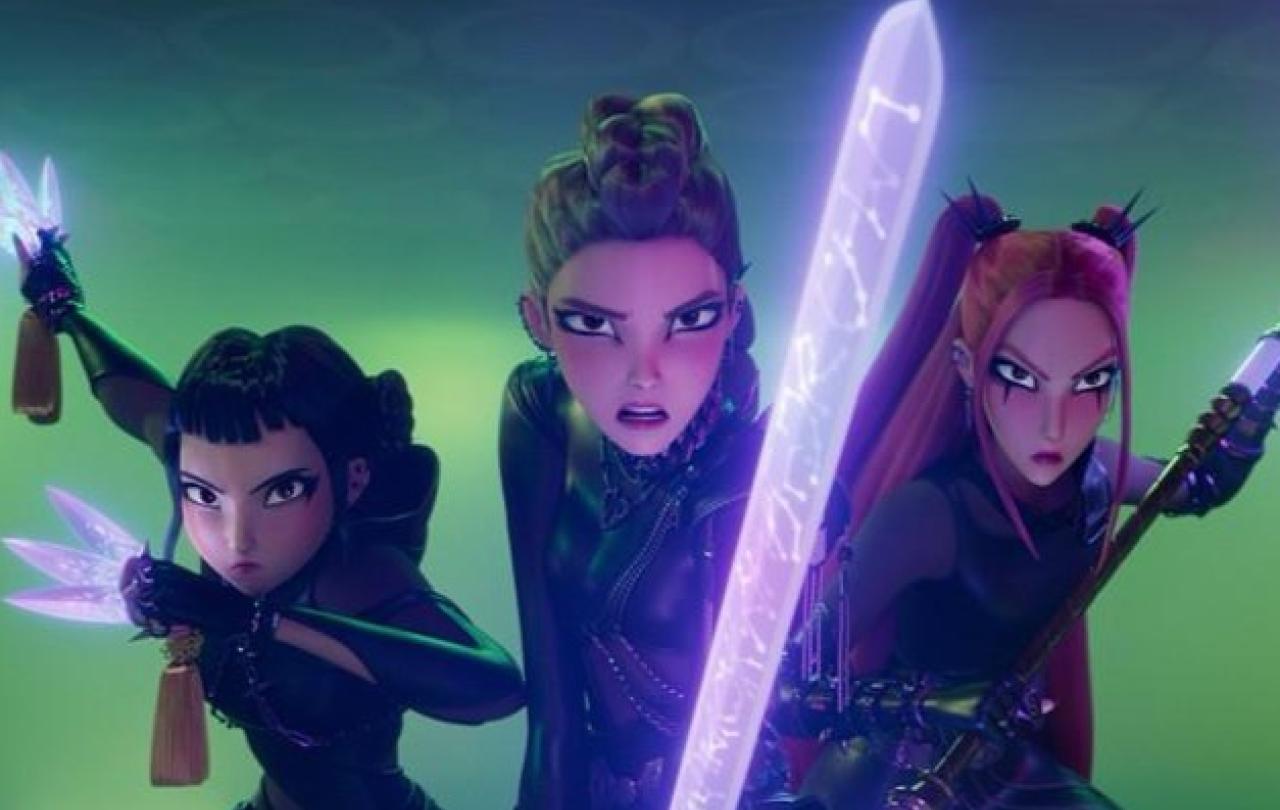
A friend of mine used to work at Lambeth Palace. She had a sister and brother-in-law who were based abroad and one of their visits happily coincided with fireworks night. As a treat, she decided to take her relatives to Lambeth Palace’s display – apparently the gardens are beautiful, and the glistening bursts of colourful light only served to illuminate and enhance its horticultural charm. The evening was perfect, aside from one snag; her brother-in-law, from Uganda, was struggling to cope with the bitter cold of a crisp November evening in the UK. But he needn’t have worried for long. Noticing his distress, Archbishop of Canterbury Justin Welby, nipped upstairs to his living quarters and descended with a woolly hat to keep the chill away from the shivering visitor.
This is when I moved from the casual indifference, that I have towards all public figures that I don’t know personally, to really liking Justin Welby. The story endured so much in fact, that even when he politely declined to endorse my book – citing time constraints, it didn’t shake my resolve that he was a man with a good heart, albeit a busy schedule.
I was left with the overwhelming feeling that Justin Welby was telling me to love and care for my fellow man. To hand out woolly hats, if you will.
He has once more come up trumps in my eyes with last week’s publication of Love Matters, a 236-page report on examining relationships and families. It is the third of a trilogy of commissions from the archbishops of Canterbury and York, with the first two focusing on housing and social care.
The report is broadly aimed at informing the actions of the government and Church of England but offers a message to us all. The five key messages are; we need to put more value on families – whatever set-up they have, we need to support relationships and manage conflict well, we need to honour single people and not place such emphasis on romantic love, we need to invest in our children and young people and we all need to work towards a kinder, fairer and more forgiving society.
These, we can all agree, are noble aims. As I read through the detailed communiqué, I was left with the overwhelming feeling that Justin Welby was telling me to love and care for my fellow man. To hand out woolly hats, if you will.
The mainstream media also made noises of approval as the passages on the value of single people gained a huge amount of traction in the press – including a front-page article in The Times.
As the author of a book that directly challenges the Church’s response and treatment of single people, I felt a warm glow. I felt hopeful for change and that a glaring problem had been given the recognition it deserved. The mainstream media also made noises of approval as the passages on the value of single people gained a huge amount of traction in the press – including a front-page article in The Times. The publicity was so far reaching that I even got a message from a friend and features editor at The Sun saying she thought it was a “very Windle sounding message from the Church”. But not everyone in the Christian community shared my (and her) enthusiasm.
This isn’t due to the content of the report, but rather its omissions. The grumbles I’ve heard have accused it of being “weak” and “waffling” in its message and people have been disappointed that it isn’t more forthright in its promotion of marriage. But I would argue that, in church circles, marriage gets enough airtime.
There’s no question in the Church that marriage is important. There is implicit beauty in committing to combine your life with another person – prioritizing someone over everyone else (including yourself), loving, caring for, supporting and encouraging that person. Through the Bible God says it is not good for anyone to be alone. God blesses marriage. God encourages people to go forth and multiply). But somewhere in the mix, Christians stopped celebrating marriage and started idolising it.
I’ve heard of... people being relegated to “all-singles groups” (the equivalent of the kids’ table at Christmas).
Researcher David Voas conducted a quantitative analysis of Church life with a survey and found the majority of English church attendees are married. He said:
“It’s hardly an exaggeration to say that in England individuals don’t go to church, couples do.”
People who run churches are usually married men and their partners take up a first-lady position in doting support. Single Friendly Church’s survey (2012) found 43 per cent of single people felt their church didn’t know what to do with them.
Ministry for single people, if it exists, is often an afterthought and not engineered in a way that makes it appealing to potential attendees. Two thirds of people in the single friendly church’s survey said they felt being married is the expected and accepted lifestyle in the Church. So much so that the Church is based around the school calendar with everything effectively shutting down over August.
I’ve heard of people trying to set up initiatives for single people but being told by church leaders that, as they themselves were single, they probably weren’t best placed. I’ve heard of “pairs and spares” dinners and people being relegated to “all-singles groups” (the equivalent of the kids’ table at Christmas).
It’s high time we recognised that being single isn’t a state to progress out of, or level up from. It is not a waiting room for the as yet unchosen.
To add insult to injury, there are churches that won’t allow unmarried people into positions of leadership. One study found that half the American churches quizzed wouldn’t allow a single person to run a house group. To be clear, this means that Jesus would not be qualified. This hypocrisy received acknowledgement in the Love Matters report. It said:
“The Commission believes strongly that single people must be valued at the heart of our society. Jesus’ own singleness should ensure that the C of E celebrates singleness and does not regard it as lesser than living in a couple relationship. Loving relationships and being able to give and receive love matter to everyone.”
Given this climate in the Church and the fact that outside of it, more and more people are remaining single, the report’s emphasis on the equality of singleness isn’t “weak” but vital. It’s high time we recognised that being single isn’t a state to progress out of, or level up from. It is not a waiting room for the as yet unchosen. It is a valid and valuable life stage that is equal but different to marriage.
For too long Christians have tried to “solve” singleness with marriage. Rather than solving the problems associated with singleness, i.e. loneliness, absence of deep and intimate love, with community and family (in whatever form it takes). I don’t believe that by platforming the value of singleness, that we detract from the value of marriage. It’s not a seesaw whereby one must fall for the other to rise.
Another blow that hits me hard, is that this report is highlighting what the world outside the Church has been aware of for years. Books like The Unexpected Joy of Being Single and What a Time To Be Alone confirm the inherent value of both single people and the time a person spends single (whether for now or for life). This is recognised by the Bible, particularly by Paul in his letters, but rarely highlighted in the Church. It seems like a shame that Carrie Bradshaw and the Sex And The City ladies did more for affirming singleness than our spiritual leaders.
But not anymore. Justin Welby has thrown his woolly hat in the ring. He’s standing up for the value of each person, married or single, each relationship, romantic or platonic, and each family, genetic or otherwise. And you won’t catch any grumbling from me.





